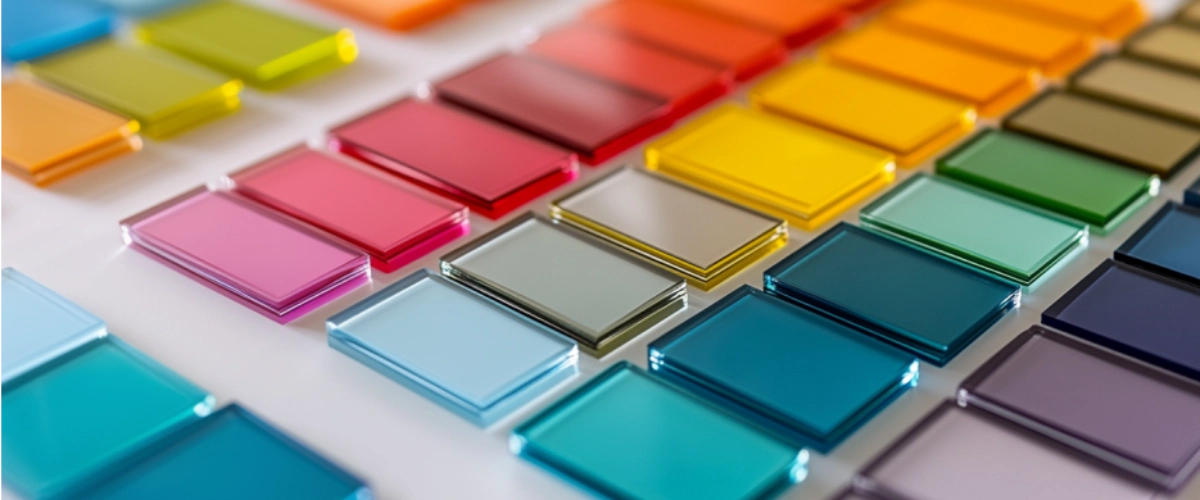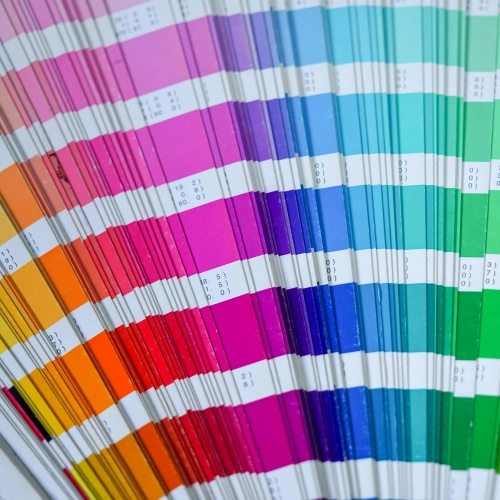
Color Management in Plastics Processing
We live in a world saturated with colors. At the supermarkets or shopping centers, brands jostle for the customer’s attention on the shelves, using bright, contrasting, and explosive colors with aesthetic vibes. We have become accustomed to this chromatic chaos, so companies are always on the looking for new shades to communicate their message: "Choose me!" In this colorful and chaotic world, a key role is played by those who have made color a profession, such as masterbatch producers in the plastics processing industry. All in all, producing a color might seem simple for an expert technician. The real challenge is to maintain control during large-scale production. Dealing with colors means, first of all, working with the chemistry of materials, and the results are not always as expected.
Plastics Processing: How Colors Are Created
To obtain a color in the laboratories of plastics processing companies, the process typically begins with the analysis of a starting sample or a color code to follow. Then, a formula is then developed to reproduce the desired shade on a test sample, and upon its approval, on an industrial scale. Subsequently, the quality department verifies that the final product is as faithful as possible to the original sample, ensuring that the selected pigment mix accurately reproduces the desired shade and that no unexpected alterations have occurred. However, it can happen that, when comparing two pieces produced at different times, you can see significant color differences, even though the same raw materials have been used. This issue, with no apparent reason, is common and can complicate color consistency in different industrial productions of the same item.

Color Tolerance and Color Control
This issue, known as color drift, was explored in a previous article. The phenomenon consists in the gradual alteration of a product's color over time, between different productions of the same. So, how can we ensure the consistency of a color produced in series within the plastics processing industry? The answer is not obvious, and there are many possible approaches. To avoid unpleasant surprises, in Gaypa, we use two main methods. The first is a strict color tolerance. This measure indicates how much a shade is allowed to vary, compared to the original sample - in technical terms, how much the color can deviate -. These differences are almost imperceptible to the naked eye and can only be detected using machines known as spectrophotometers (which, by the way, have nothing to do with the Ghostbusters). So, we have decided that our margin of error, or tolerance, must be narrow and extremely rigid. A bit like the tolerance your grandma has with you, when she finds out you got a nose piercing. Very close to zero.
The Trick of Batch Control
The second method we have adopted is batch control, that is a chromatic control even between production batches of the same article and always in reference to the original sample. This approach highlights any alterations that occur between batches, allowing for corrections before taking the path of no return, the chromatic drift. If color comparison is only made with the previous production batch, there is the risk of losing sight of the original reference point. This method requires strong choices regarding raw materials to ensure high quality over time. Sometimes wannabe colorists combine pigments in bulk. However, they are not aware that each raw material is unique and, for example, combining a new blue with an old yellow may not result in the same shade of green as usual. It's all about chemistry. Only expert masterbatch producers know which are the best ingredients to use to create perfect recipes that are consistent in “flavor”. The secret is in the formula.

How to Calculate the Difference between Colors
The difference between colors is often expressed in units called ΔE (Delta E), which quantifies the perceived difference between two colors. A ΔE value below 1 is generally imperceptible to the human eye. Comparing a product's ΔE unit to that of the original sample is a useful indicator for identifying color alterations and serves as an early warning to prevent colors from drifting over successive production runs. This is particularly important in the plastics processing industry, such as in masterbatch production, where even small variations can impact the final result. To achieve greater control, spectrophotometers are used: they are essential instruments for accurately measuring color. Spectrophotometers measure the entire spectrum of reflected or transmitted light, providing a detailed reading of the chromatic characteristics.

Attention to Detail in Plastic Processing
At Gaypa, thanks to these color control methods, we are committed to ensuring high-quality products and color consistency. If you would like to learn more about who we are and what we do, come and read what we can offer you and feel free to contact us!